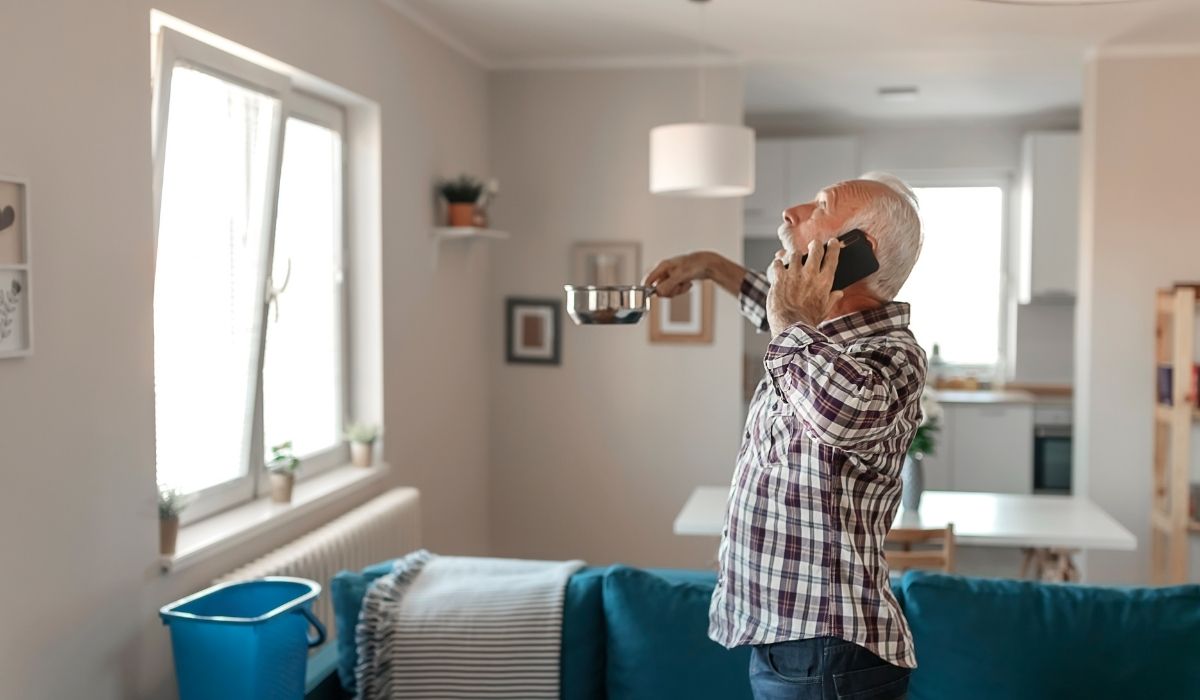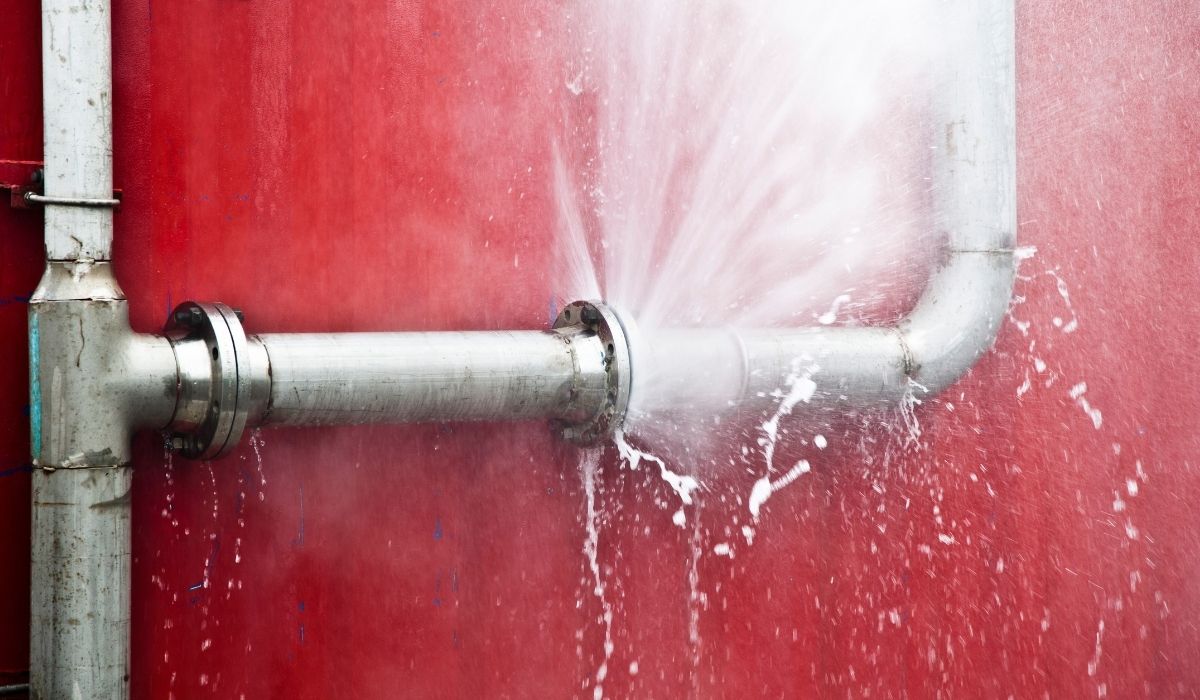What Is Mold and Why It’s a Problem for Pets
Mold is a type of fungus that grows in damp, dark places. It can grow on walls, wood, food, and even inside basements, attics, and bathrooms. Mold loves water, and places with leaks, condensation, or poor ventilation are perfect for it to grow.
There are many types of mold, like cladosporium, aspergillus, and the very dangerous stachybotrys chartarum—also called “black mold.” These molds can release spores and mycotoxins into the air, which are harmful to humans and pets.
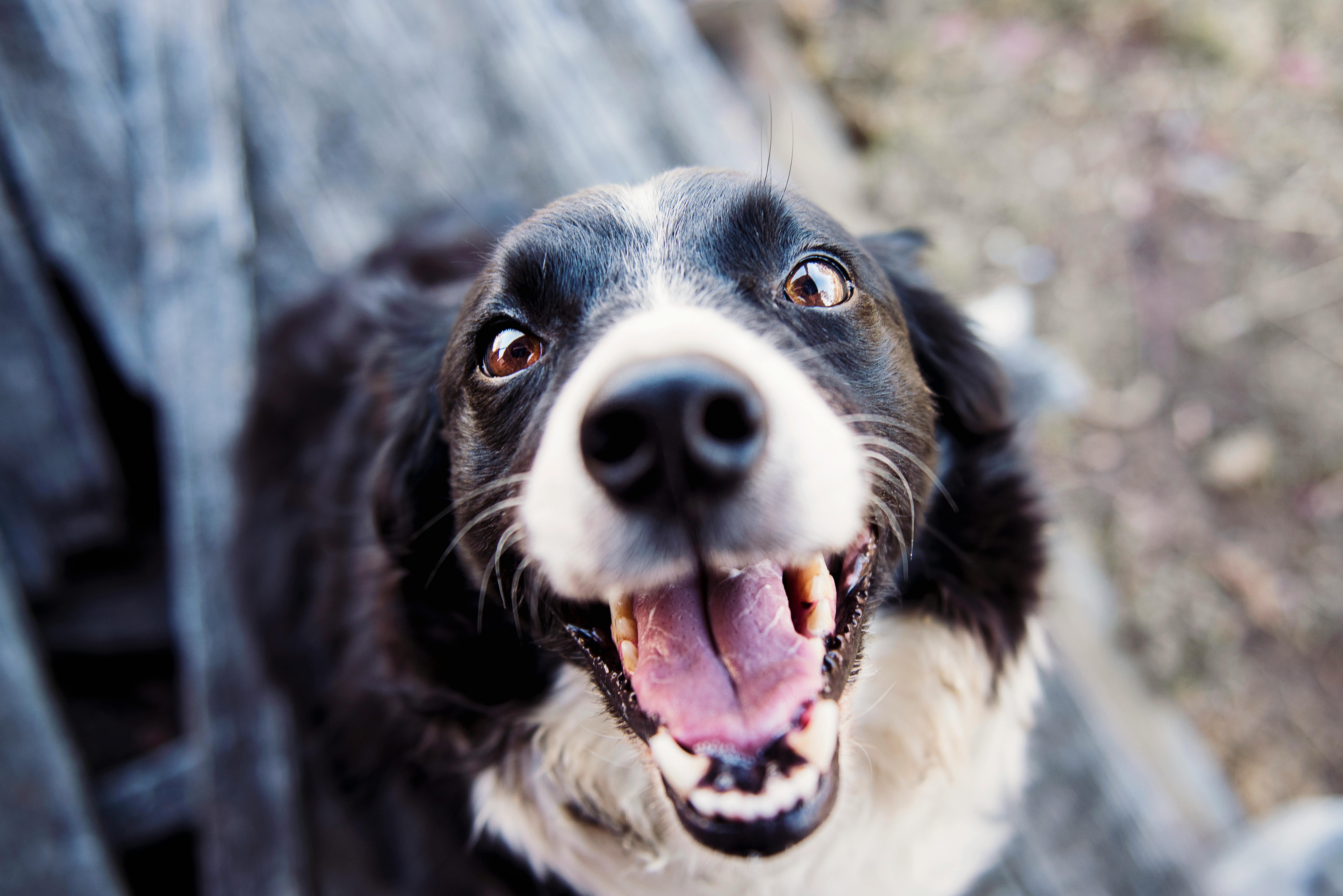
How Mold Affects Your Pet’s Health
Just like people, pets can get very sick from mold. When your pet breathes in mold spores, it can hurt their respiratory system, causing shortness of breath, coughing, and fatigue.
Mold can also touch their skin and fur, leading to irritation, rash, or hair loss. If mold gets in your pet’s food, like dog food or pet food, it can cause vomiting, diarrhea, or worse.
Some mold species release toxins that can go into your pet’s blood, liver, or gastrointestinal tract, leading to serious disease or toxicity. This can cause inflammation, nose bleeding, or even death in extreme cases.
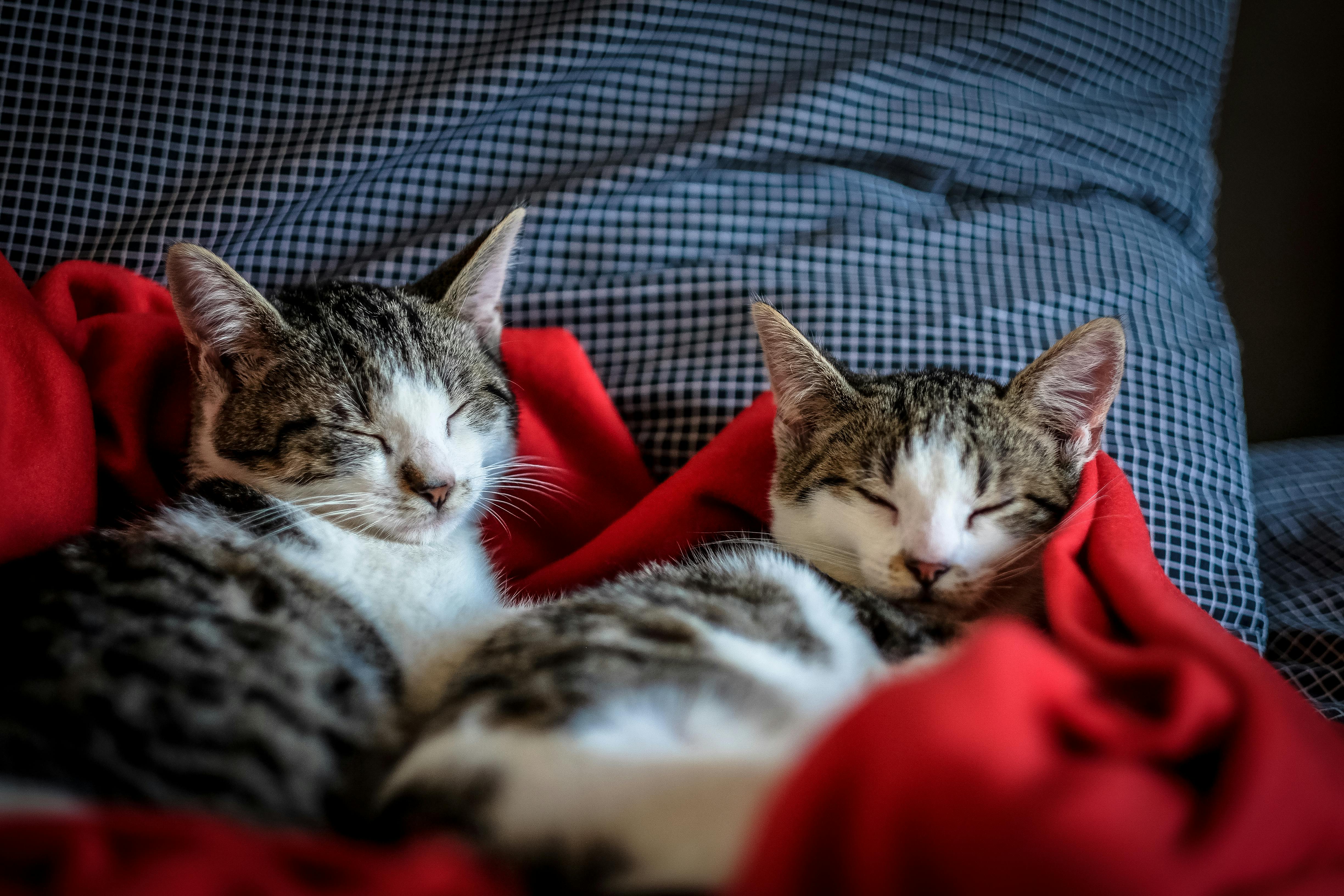
Common Signs of Mold Exposure in Pets
Watch for these signs if you think your pet has been around mold:
Breathing Problems
Shortness of breath
Coughing
Wheezing
Looks tired or out of breath often
Skin and Fur Issues
Itchy skin
Rash
Hair loss
Licking or scratching a lot
Stomach and Digestion Trouble
Vomiting
Diarrhea
Loss of appetite
Behavior Changes
Acting tired or moody
Not playing like usual
Hiding or whining
Other Serious Symptoms
Nose bleeds
Eye irritation
Yellow or white slime in dog puke (dog vomit yellow slime, dog puking white slime)
Wounds that won’t heal
Bleeding from mouth or nose
Where Mold Hides in Your Home
You might not always see mold. It can grow in secret places like:
Crawl Spaces and Basements
These areas are often dark and damp. Poor ventilation and humidity let mold grow fast. Mold in a crawl space or basement can move into the air you and your pets breathe.
Bathrooms and Showers
Mildew and mold grow well in warm, wet spots like the shower. Organic matter like soap and dust helps it grow more.
Attics and Air Systems
Leaks or poor ventilation in your attic can cause attic mold. Mold can also spread through your air conditioning system, hurting indoor air quality.
Mold in Pet Food and Water
Old or damp pet food can grow mold, especially in warm weather. If your pet eats moldy dog food, they could get very sick. It can cause gastrointestinal problems like vomiting, diarrhea, or liver damage.
Mold can also grow in water bowls if they’re not cleaned daily. Always wash bowls and throw away old food.
How to Protect Your Pets from Mold
Use a Dehumidifier
A dehumidifier removes water from the air, making it harder for mold to grow.
Improve Ventilation
Let fresh air in and keep air moving. Use fans, especially in the bathroom, basement, or attic.
Inspect for Leaks
Fix any leaks fast—whether from the roof, pipes, or windows. Water causes mold growth quickly.
Regular Cleaning
Clean floors, walls, and surfaces often. Use safe cleaners like vinegar, which can kill mold.
Mold Inspection and Removal
Hire a professional mold remediation or mold removal company if you suspect a problem. They can do a full mold inspection and help with mold removal. A home inspection can catch issues early.
You can also ask your vet about a mold dog near me—some trained mold dogs can sniff out mold!
How Mold Affects Dogs the Most
Dogs are closer to the ground and often sniff around places where mold hides. This makes them more likely to inhale inhalant allergens, or lick areas with mold spores. Dogs and mold can be a dangerous mix, especially if your dog has allergies in dogs, asthma, or a weak immune system.
What Property Managers and Pet Owners Should Know
If you rent a home or manage property, mold is not just a health issue—it’s a legal one. Many renters and landlords deal with property managers insurance claims for mold-related pet illness.
Always get crawl space encapsulation or waterproofing done to protect your home. This helps stop mold growth from the start.
When to See a Vet
If your pet has any of the symptoms above, see a vet right away. Let them know you think mold may be the cause. Early medication or treatment could save your pet’s life.
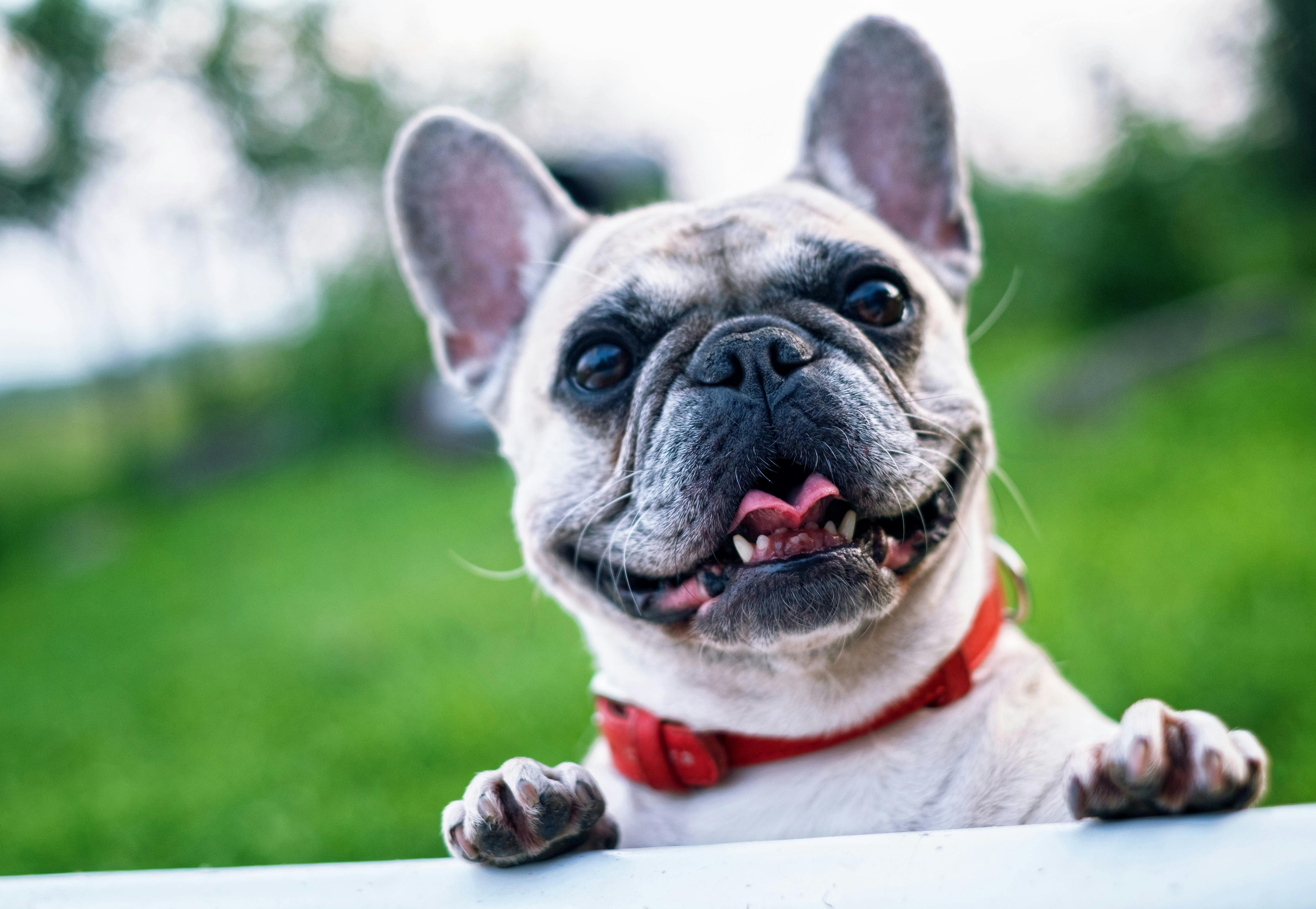
FAQ About Mold and Pets
Can mold make my dog sick?
Yes. Mold can cause breathing issues, skin problems, stomach problems, and even serious health issues like toxicity and organ damage in dogs.
How do I know if mold is in my house?
Look for musty odor, dark spots on walls, or signs of moisture like condensation or leaks. A mold inspection or home inspection can help.
What should I do if my pet eats moldy food?
Call your vet right away. Moldy dog food or pet food may contain mycotoxins that are dangerous to your pet’s health.
Can I clean mold myself?
Small spots can be cleaned with vinegar, but bigger areas need a professional mold remediation team. Mold is dangerous to humans and animals alike.
Do all pets get sick from mold?
Not always. Some pets have stronger immune systems. But pets with allergies, asthma, or weak lungs are more at risk from indoor mold and spores.


